2020 has gone down as one of the least celebrated years in human history as most people have been forced to spend the better half of it in some form of isolation. However, even with a pandemic, people must live, which is why so many people are finding ways to keep life going while physically distancing. From fathers that discovered ways for their kids to go skiing without leaving the house to dog wine deliveries, here are the most successful inventions people made in quarantine during pandemics over the years.

The Paddled Hand Washing Machine
9-Year Old Stephen Wamukota from Western Kenya was the mind behind the machine. He lives in remote parts of Kenya where electricity and robotics are not accessible, so he decided to create a machine that could deliver soap and water for handwashing without the user having to touch anything. His prototype was built from pieces of wood.
The user only needs to step on one paddle, which then tilts a sanitizer/soap container for you to apply on your hands. The second paddle then tilts a water bucket for rinsing your hands, and that's it. His invention attracted global attention and even won him the Presidential Award of Service in Kenya.
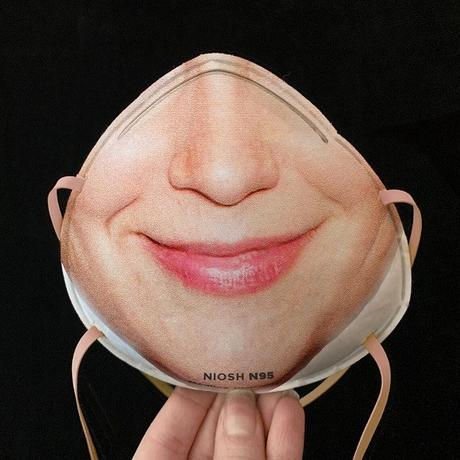
FaceID Masks
Danielle Baskin, a designer from San Francisco, was the creator of this little lifesaver. If your phone uses facial recognition to unlock, then you can't unlock it while wearing a face mask. This meant that most smartphone owners had to remove their face masks to unlock their phones, which increases their chances of catching Covid19.
This is why Danielle started creating customized face masks with your face printed on them, so you don't have to remove your mask every time you need to use your phone. The company imprints the part of your face covered by a mask on a regular N95 mask and even tones the mask's elastic bands to your skin colour.
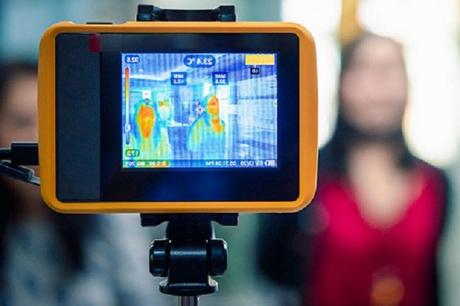
The Fever Detecting Technology
It is probably the most interesting invention by Scylla, the AI company, which also created the antiterrorism technology used to detect people with guns in large crowds. This new technology is designed to identify any person that has a high fever in a crowd. It was purchased by many governments and corporations to detect any possible cases of Covid19. The thermal detecting technology works just like a metal detector, except it tests a person's temperature from a distance and tags anyone that displays fever-like symptoms. The technology made it possible to target testing and social distancing rules to a few people with actual symptoms making testing quick and efficient.
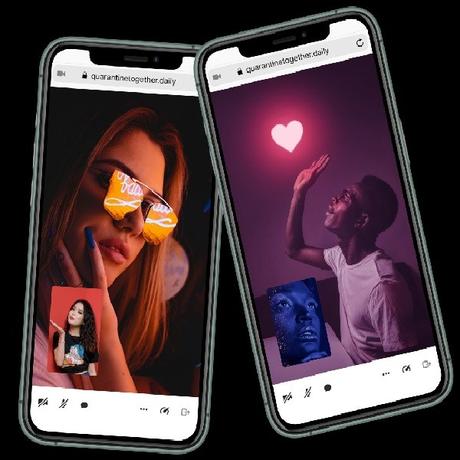
Quarantine Together Dating App
Love runs the world, and people still need to date even during a pandemic, which is why Daniel Ahmadi Zadeh and his friends created this app. The app is centred on matching two people who are observing quarantine rules to hopefully get to date. All dates start with a text at 6 PM, asking if the user adhered to social distancing and sanitization rules. If the user gives an affirmative, they are matched with a date to chat for 20 minutes before receiving a video call link to interact further.

Hospital Sanitizing Robots
Sanitizing in hospitals is the biggest concern for all countries in the fight against Covid19, but a Danish company figured out a solution. They created a robot that runs on wheels and can be used to sanitize a hospital ward within a short time with no human intervention. The robot is fitted with eight light bulbs that emit UV-C ultraviolet rays that kill the virus on contact. The Danish government ordered expedited mass production of these robots to release hospital staff to attend to other roles and reduce the time it takes to sanitize hospital wards.
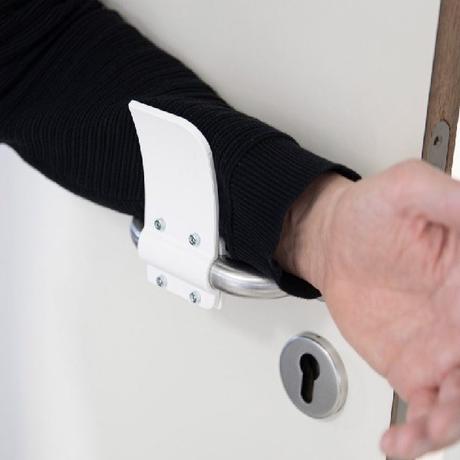
The Hand-Free Door Handle
Wyn Griffin visited his local hospital with his wife, and after sanitizing, he realized that they still had to hold the door handle to enter the hospital. This went against every reason for sanitizing in the first place, which led to his invention that very evening. His hooked door handle extension can be used to open the door without touching the handle. The Hand-free handle is plastic, and 3D printed so everyone can carry theirs. He also uploaded the design online and made it free so more people could print it and avoid catching coronavirus.
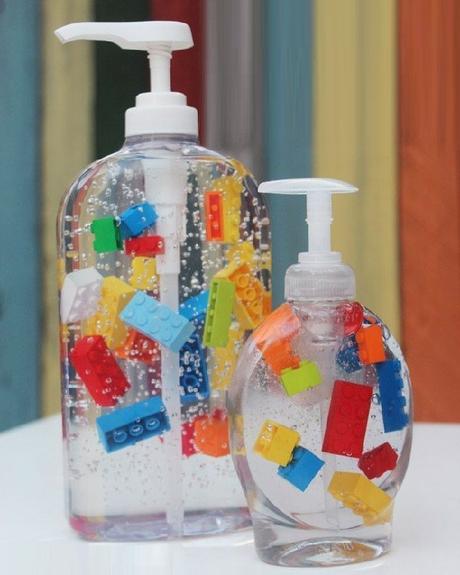
The Lego Sanitizer Dispenser
In Kaohsiung, Taiwan, a group of elementary school children aged between six and twelve years old decided to build their own robot for sanitizing. With the help of their robotics teacher, the children used Legos to create a gear mechanism, attach it to a sprayer bottle and a sanitizer carrying chamber. It is also fitted with an Ultrasonic sensor that detects when someone puts their hands in front of the sprayer. It then shouts, "washing hands is super," as it releases the sanitizer to your hands.

The Immutouch
This is the smartwatch of the pandemic that prevents you from touching your face. It was invented by two brothers from Seattle who initially intended it to help prevent compulsive nail-biting, scratching, and hair-pulling. However, the speedy spread of the pandemic in their hometown prompted the inventors to figure out another use for their $50 smart wrist. The wristband vibrates when the user attempts to touch their face unconsciously.

Listening Archive
"We are deciding to unify in this time of Uncertainty." The website says. It is the creation of the freelance Journalist Aimee Coelho and Charlie Kilner. The two decided to create a platform for people from all over to tell their stories of how they are coping with the pandemic. The website allows you to record your story, which is then combined with others into a podcast and aired in special programs about the pandemic. It has since become a common pool for tales of loss, pain, success, and tenacity as people deal with the virus.
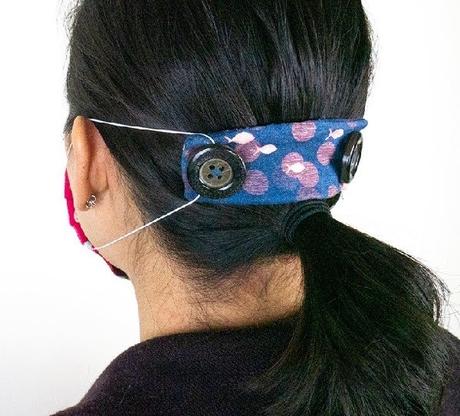
Ear Guards
If You have spent a whole day in a tight surgical mask, you will understand how uncomfortable the back of your ears can become. For health workers, the experience is worse as they spend the whole day in a tight surgical mask, which leaves the ears sore after a day's work. 12-Year-old Quin Callander from Maple Ridge, British Colombia, decided to help by using his 3D printer to build a device to relieve the pressure. His Ear Guards hold the bands of the face masks from the back of the head, preventing them from pressing against your ear, which makes it easier on you, especially if you are wearing the mask for long hours.

